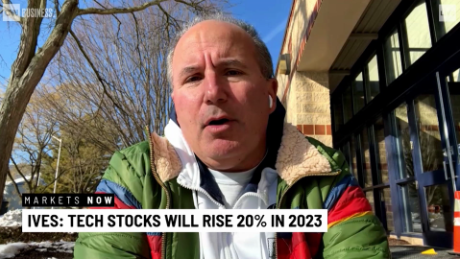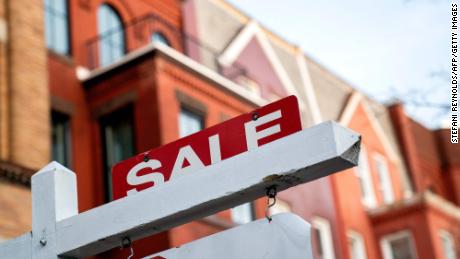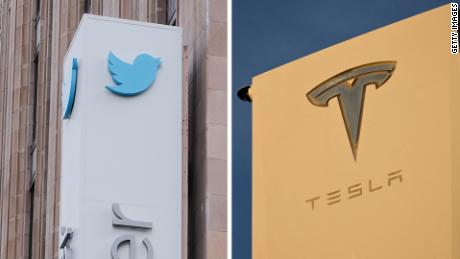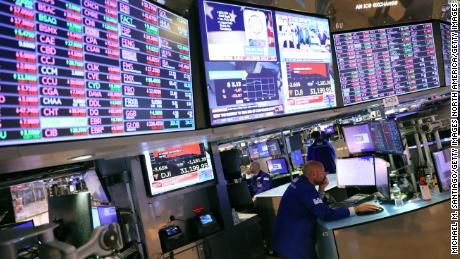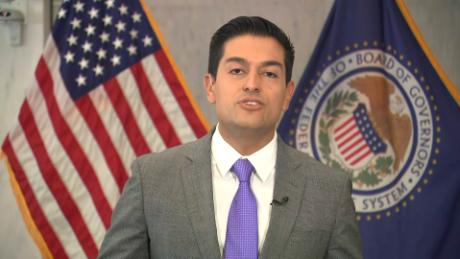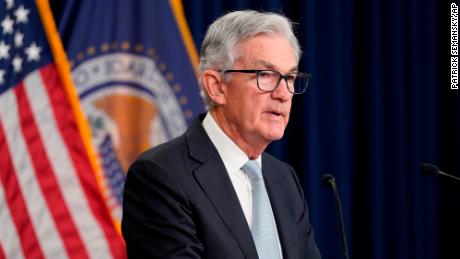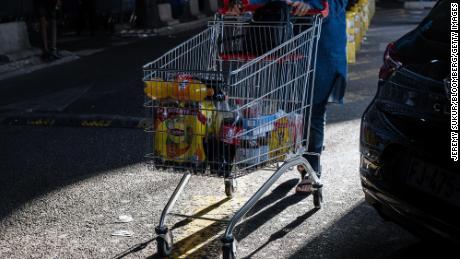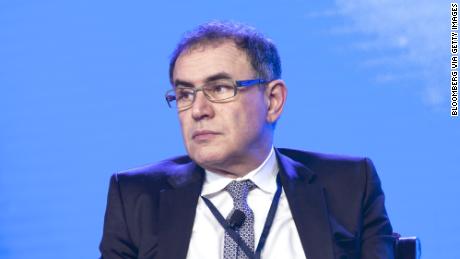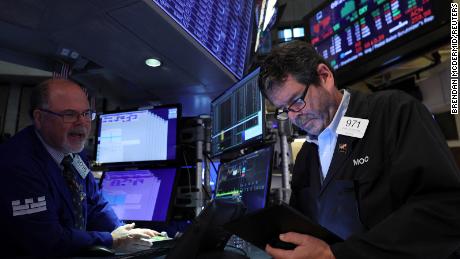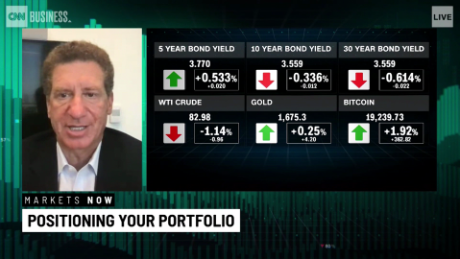New York (CNN Business)Corporate America's epic buyback mania may finally be succumbing to gravity.
The 2017 corporate tax cut left US businesses flush with cash. S&P 500 companies responded by rewarding shareholders with record amounts of buybacks in 2018, with each quarter setting an all-time high.
However, that record-shattering pace appears to be slowing. S&P 500 companies executed $165.7 billion of buybacks during the second quarter of 2019, according to preliminary estimates by S&P Dow Jones Indices. Although that's still a stunning amount of repurchases, it marks a 13% decline from the same period a year ago.
The slowdown in buybacks, which have become a lightning rod for criticism among some in Washington and even on Wall Street, underlines the impact the tax law had last year as companies steered a sizable chunk of their windfall to investors.
"2018 was an adrenaline high," said Howard Silverblatt, senior index analyst at S&P Dow Jones Indices. "Companies pounded their chest and rushed to show how much money they could return to shareholders via the new tax changes."
The pullback in buybacks may also reflect a desire by companies not to get stuck buying their own stock near record highs.
"A lot of these companies have seen their stock price go up a lot. Treasurers are thinking, 'Maybe I save some ammo in case anything crazy happens,'" said Ian Winer, advisory board member at Drexel Hamilton.
Buybacks are still lofty
Silverblatt emphasized that buybacks remain "strong" when compared with a normal year. He noted that S&P 500 buybacks during the first half of this year are well above the pace of 2017, the final year before the tax law took effect.
"We consider 2018 to be a sugar high," Silverblatt said.
Bank of America Merrill Lynch published a research report on Wednesday suggesting that buybacks continue to rise. Repurchases executed at Bank of America accelerated last week to three-month highs. Buybacks are up 14% from the same period of last year, the firm said.
Companies have used buybacks for decades as a way to return excess cash to shareholders. Buybacks are popular among companies because, unlike dividends, they occur behind the scenes, making them easy to turn on and off.
CEOs hate to slash their dividends because it typically signals financial stress. For instance, General Electric (GE) cut its long-cherished dividend to a penny last year as a way to repay a pile of debt. Anheuser-Busch InBev (BUD) similarly took an ax to its dividend due to its own strained balance sheet.
Goldman Sachs warns on buybacks
A company that repurchases its shares on the open market typically retires those shares. That, in turn, shrinks the number of shares outstanding, boosting the holdings of existing shareholders.
Wall Street loves buybacks because they also artificially boost per-share earnings, even if underlying profits remain stagnant. Famed Yale professor Robert Shiller has called buybacks "smoke and mirrors."
Buybacks provide demand for shares, lifting the stock price. That comes in handy during times of market volatility. Some have blamed previous bouts of market turbulence on the buyback "blackout" that occurs just before earnings season when companies avoid buybacks to avoid tripping insider trading rules.
Goldman Sachs recently warned that the buyback boom is getting out of hand. The firm noted last month that companies are now returning more cash to shareholders than they are generating in free cash flow. It's the first time that has happened in the post-crisis period.
"Payout ratios are elevated, cash balances have declined and leverage has risen to a new all-time high," David Kostin, chief US equity strategist at Goldman Sachs, wrote in a recent note to clients.
However, Silverblatt said that most companies have plenty of cash to reward shareholders.
"Overall, companies in the S&P 500 have sufficient resources to do buybacks. They are not straining themselves," Silverblatt said.
Business spending is 'sluggish'
The Federal Reserve's expected rate cuts later this year could encourage a rebound in buybacks. Winer predicted companies will take advantage of cheaper borrowing costs to sell debt -- and use the proceeds to pay for buybacks.
"That's the ultimate financial engineering," he said.
Although the stated purpose of the 2017 tax law was to encourage companies to invest in the real economy, business spending on factories, equipment and software has not lived up to the hype.
One common measure of business spending, nonresidential fixed investment, initially climbed after the tax cuts took effect. However, business spending has decelerated for three straight quarters, according to the Bureau of Economic Analysis. And business spending outright declined by 0.6% during the second quarter, likely reflecting the impact of the US-China trade war and slowdowns in overseas economies.
During their meeting in late July, Federal Reserve officials described business investment as "soft" and "sluggish," according to minutes released on Wednesday. The central bank was concerned enough to lower interest rates that month for the first time since 2008.
Buyback backlash
Defenders of buybacks say excess cash should go back to shareholders rather than get wasted on inefficient projects.
"The money doesn't vanish, it gets reinvested in higher growth businesses that boost the economy and jobs. Is that bad?" former Goldman Sachs (GS) CEO Lloyd Blankfein wrote on Twitter earlier this year.
But critics argue that excessive buybacks deepen America's inequality problem because stock market ownership skews towards the rich.
More than half of American households in 2016 owned stocks directly or indirectly through retirement plans like 401(k)s, according to the Federal Reserve. However, the top 10% of households owned 84% of all stocks that year, according to NYU professor Edward Wolff.
"Buybacks worsen the income inequality gap," said Drexel Hamilton's Winer. "People who own assets like stocks watch their net worth go up, and average workers are being left behind."


